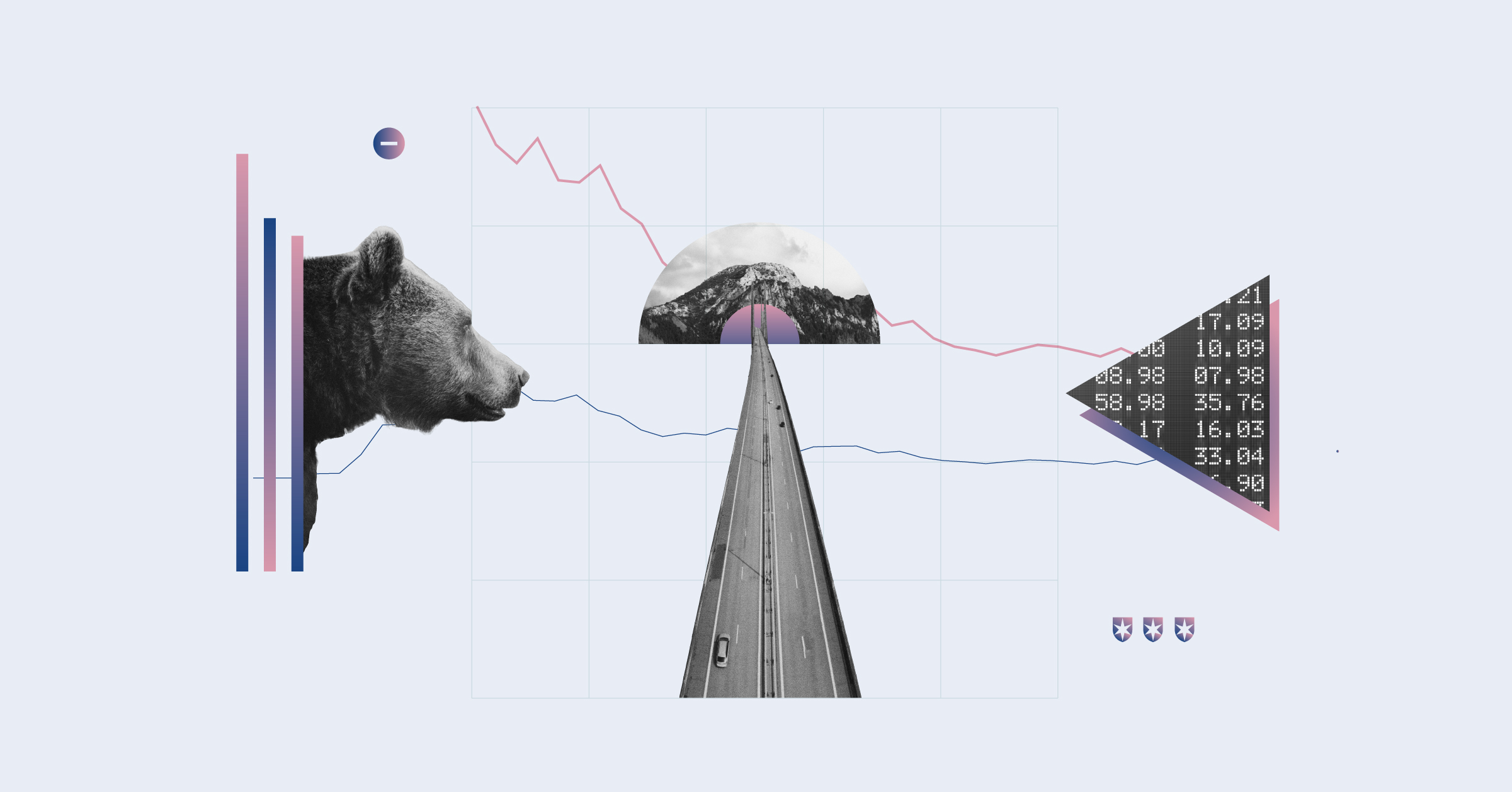Question: In reading reviews of stocks from Morningstar's equity analysts, I often see them refer to "return on invested capital" in assessing a company's performance, but I don't really understand what it means. Can you explain?
Answer: Return on invested capital, or ROIC, is one of many metrics for assessing the profitability of a company. In the most basic sense, it represents how efficiently a company is able to use money invested in or loaned to it (capital) to produce profits. ROIC can be a useful tool in comparing the relative profitability of one company with another as well as determining how a company's profitability might have changed over time. For example, if a company's ROIC improved from 10% in its first year to 12% in its second, that means that for every $100 of the company's invested capital, it produced $10 in profit the first year and $12 the next.
ROIC also can provide evidence that a company has an economic moat -- that is, a sustainable competitive advantage in its industry. Companies that are highly profitable during extended periods of time--for example, maintaining an ROIC above 15%--often are found to have moats. After all, a highly profitable company is likely to face increased competition, so the ability to maintain strong profits in the face of added competition suggests a sustainable competitive advantage.
However, a high ROIC alone doesn't necessarily mean a company is highly profitable. That's because the company might also have a high cost of capital that would eat away at returns. For example, a company with a high ROIC that operates in a volatile industry with high borrowing costs is likely to be less attractive than one with the same ROIC but in a more stable industry with low capital costs.
Finding actual cost of capital data for individual companies might prove challenging for individual investors, but factoring in the relative risks inherent in the business and its industry is one way to ballpark it. Companies with poor balance sheets, that compete in industries that are highly cyclical, or from countries with shaky economies might face higher borrowing costs than others, for example.
Calculating ROIC
Return on invested capital is not normally found on a company's financial statements, but it can be calculated using information provided there. The data on Morningstar.ca stock quote pages calculates ROIC by using this formula:
| Net income / (total equity + long-term debt and capital lease obligation + short-term debt and capital lease obligation) |
You can find a company's net income on its income statement and the information needed to calculate invested capital on its balance sheet.
Not everyone calculates ROIC exactly the same way. For example, the impact of taxes on company income may or may not be factored in, and the definition of invested capital may vary.
Data on Morningstar.ca
Finding a company's ROIC on Morningstar.ca is easy. Just visit the company's stock page and select the Key Stats tab. There you'll find year-by-year financial data for the company going back a decade. At the very bottom of the page, in the Profitability section, you'll find the company's Return on Invested Capital ratio and above that, some other notable metrics.
Other profitability measures
Other commonly used profitability measures include return on assets and return on equity. As you might expect, ROA takes a company's net income and divides it by its average total assets for the given period. The result is a ratio that represents the company's ability to turn its assets into profit. ROE is calculated by taking the company's net income and dividing it by the average total common equity for the period. This provides a figure that represents the amount of profit generated per dollar invested by shareholders. As with ROIC, higher numbers are better for ROA and ROE.
Have a personal finance question you'd like answered? Send it to AskTheExpert@morningstar.com.















